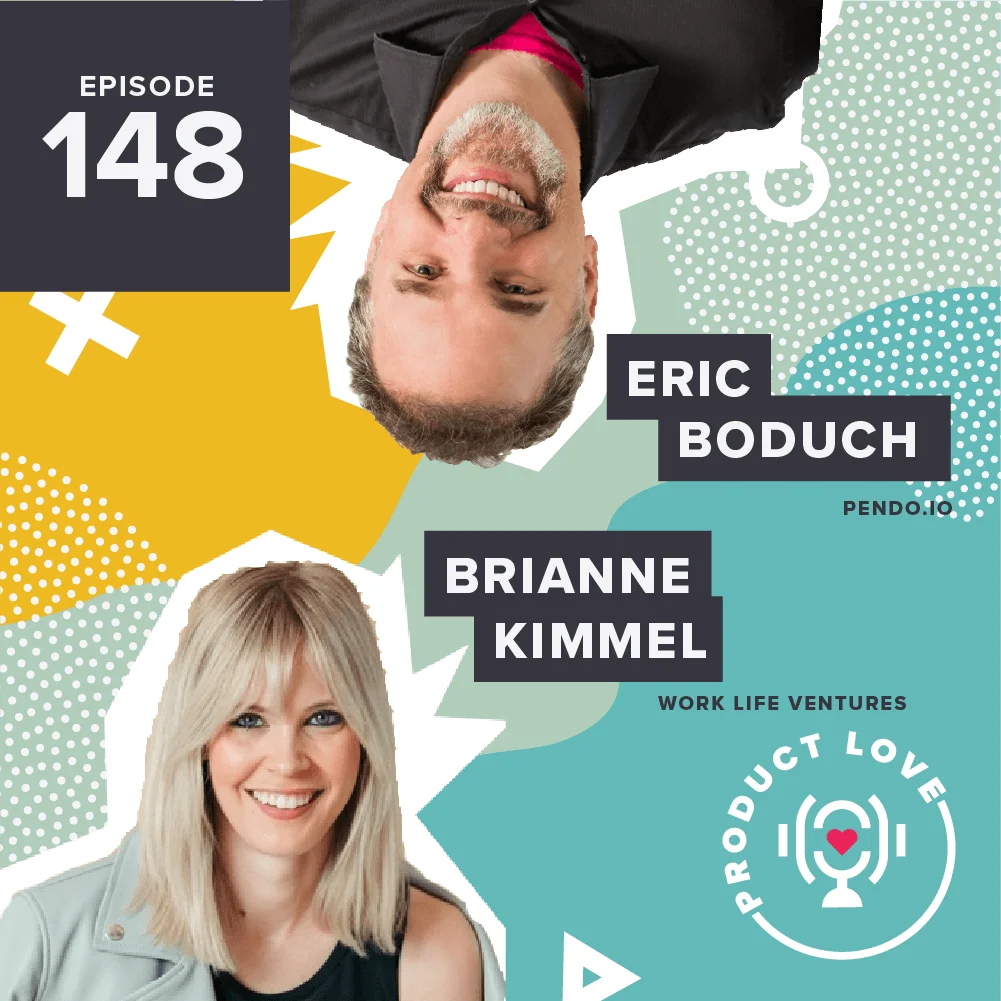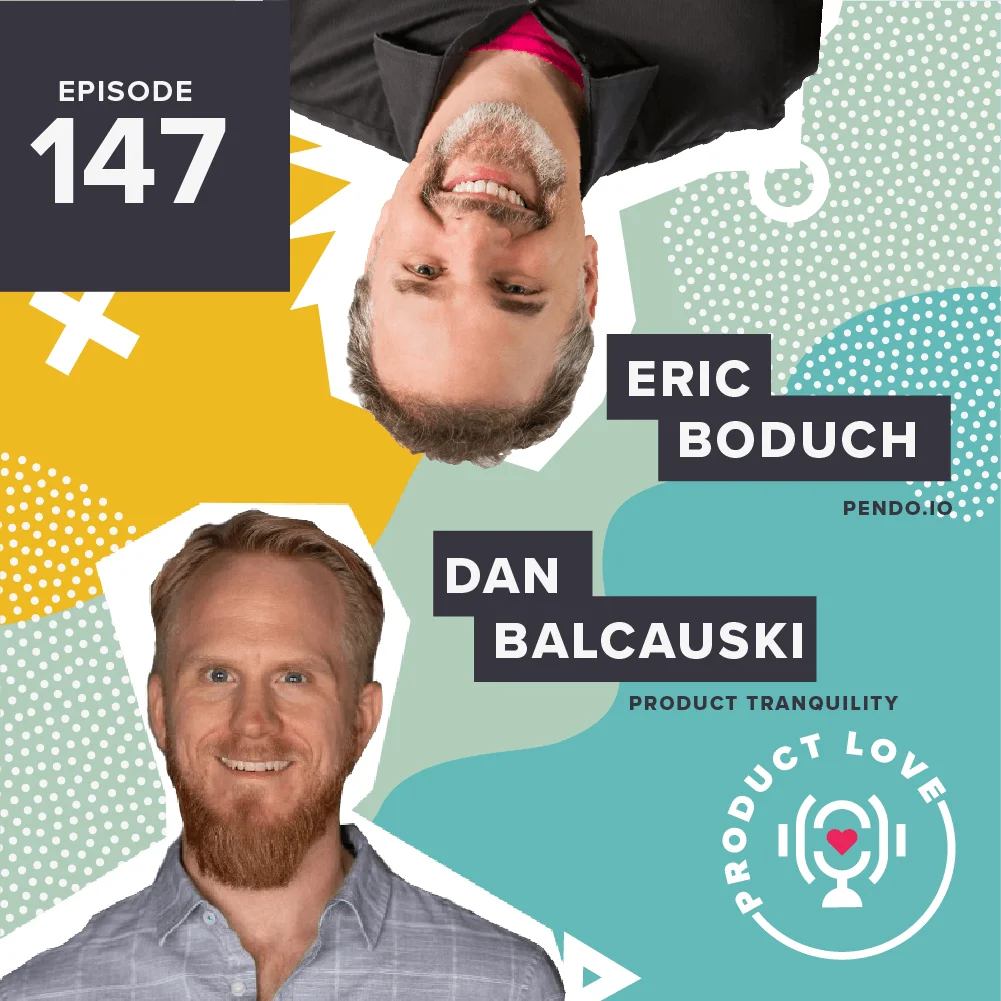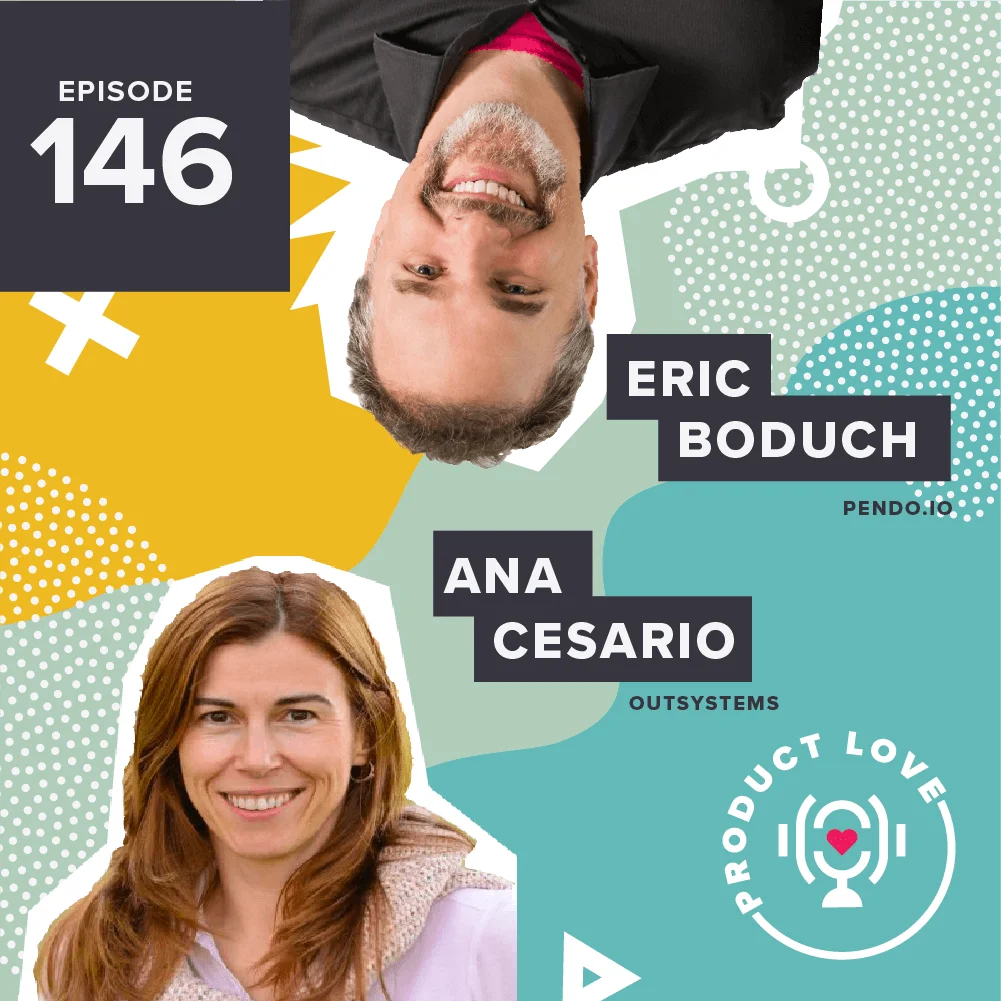This week on Product Love, I talked to Adam Avramescu, Head of Customer Education at Checkr. We spent a lot of time discussing the importance of customer education and why it should be a priority for all companies. Originally an educator, Adam sees huge potential for the customer education space to grow within SaaS companies.
He hosts his own podcast, C-E Lab, and just released his first book, “Customer Education: Why Smart Companies Profit By Making Customers Smarter.” We often think of customer education as an instruction manual to be tossed aside, but there’s much more to it than that. How do we educate our customers in a way that won’t overwhelm them and also keep them engaged? Adam has all the answers, of course.
Customer Education Is Valuable
Plenty of software myths diminish the value of customer education. A very popular one is that a product should be so intuitive that customers don’t need to be educated on using it. Another one I’ve heard at a conference was, “When you talk about teaching users, I feel like you should go back to UX.” UX is important, but Adam notes that customer education should never be used to gloss over bad product design.
Back when dinosaurs roamed, every new product came with a 200-page instructional manual that served as customer education. But let’s be honest here: whose actually read it from front to end? No one. At most, we flipped through to the pages most relevant to us and skimmed them. Nowadays, I’m learning about features on my iPhone that would have been so useful if I had known about them 8 years ago.
With the kind of customer education that Adam advocates, you must start from a position of customer empathy. Design your education around key moments in the customer’s lifecycle. Think about how to progressively onboard your user so they’re learning about the things they need to know at that moment. Frequently, we make the mistake of doing a huge feature tour that either confuses them or is disregarded entirely. It’s a push-and-pull method of information sharing.
Documentation
Documentation has always been tricky. It’s easy to cross the line between over- and under-documentation. Early-stage companies are typically under-documented, leading to support practices that then generate high volumes of documentation. But sometimes companies take such processes too far. Then they create as much documentation as possible without regard to quality.
Adam makes the argument that it’s not about the amount of documentation one has. Instead, he pushes on focusing on our own documentation and making sure it’s both discoverable and valuable. It’s important that we don’t undervalue discoverability in search, because we need to help our customers solve problems.
Product Mistakes
When people start onboarding their users, they might stress themselves out by trying to squeeze the whole product into one training session. But Adam says people aren’t going to remember all of that stuff. A better solution is to focus on why or how a feature is going to provide value for their job or business.
In other cases, companies believe they have a solid customer education program, but really they just have some live training sessions. It’s important to examine what you consider customer education, as well as the mediums and metrics that go with it. It’s time we move toward a holistic vision of customer education that covers customer needs and wants, along with a relevant onboarding program.
Want to know more about building great customer education programs? Still unconvinced you need them? Check out this week’s episode to understand why customer education is a necessity for your product. You’ll also learn more about Adam’s favorite product: the highly-esteemed Instant Pot. He even shares a pretty interesting umami French dip recipe.




